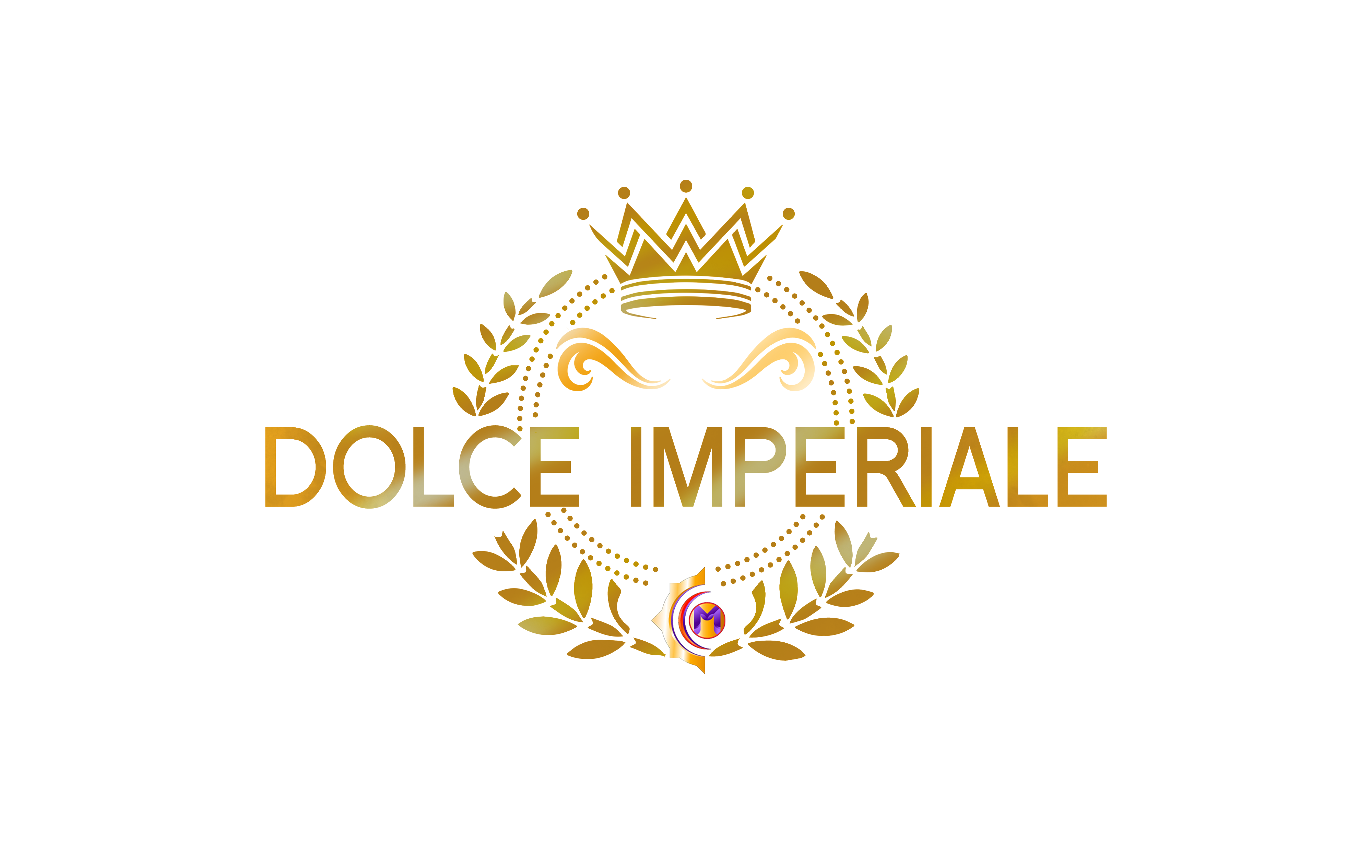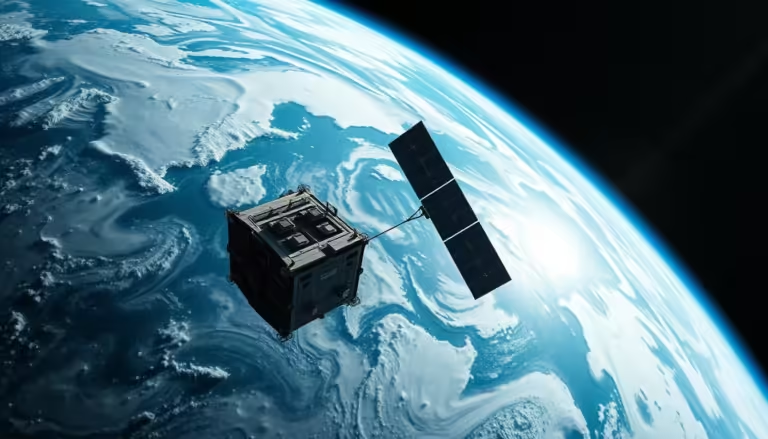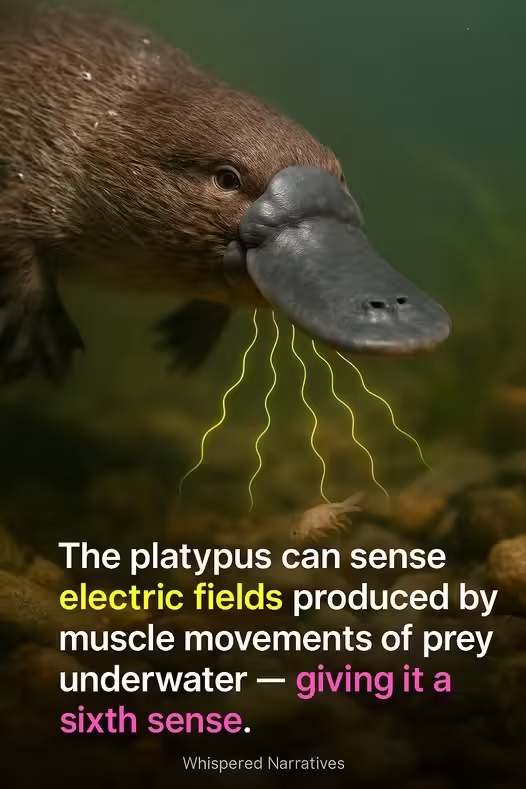
Birds, Quantum Entanglement, and the Mysterious Science of Migration
Cosmic Echoes in Tree Rings and the Energetic Future of Earth
Our planet is a living archive, silently recording the rhythm of the cosmos in places we might never expect. Among the most fascinating of these records are the rings of trees—those quiet, concentric circles etched over years and centuries. While many associate tree rings with simple measurements of age or climate changes, science has revealed something far more profound: they hold the memory of the sun’s fury.
When high-energy particles from solar storms collide with Earth’s atmosphere, they trigger a chain of chemical reactions. One result is the formation of Carbon-14 isotopes, a rare form of carbon that integrates into the atmosphere and is then absorbed by plants during photosynthesis. Trees, growing steadily year by year, record these isotopes in their wood. Like ancient scribes, they keep an unbroken record of solar activity—some of which predates written human history.
By analyzing these tree rings, scientists have been able to identify evidence of intense solar storms that occurred thousands of years ago. One particularly notable event, known as the Miyake Event, occurred around 774–775 AD. This was a time of no modern technology—no satellites or power grids—but the trees remember. The Carbon-14 spike from this era was so distinct, it alerted researchers to an unusually powerful burst of cosmic radiation.
This “cosmic archive” hidden in tree trunks offers far more than a window into the past. It is a warning system. In our modern era, when society relies heavily on satellites, power grids, and digital communication, understanding past solar activity helps us anticipate future risks. Solar storms strong enough to disrupt Earth’s magnetic field could damage electrical infrastructure, interrupt GPS signals, and even pose risks to astronauts in space. By studying these natural records, scientists can create better models for solar storm prediction and mitigation.
But there’s another layer to this story—one that connects science to consciousness, data to destiny.
Energy Frequencies: The Human Factor
Some thinkers and spiritualists, such as Theodore Kyllonen, believe that human emotions collectively influence the vibrational frequency of the planet. While this may seem far removed from the grounded analysis of isotopes and tree rings, it speaks to a growing convergence between science and spirituality. According to this perspective, our emotional states—whether rooted in fear, anger, and hate or in love, peace, and hope—emit measurable energetic frequencies.
Kyllonen suggests that emotions like fear and hate generate lower vibrational frequencies, around 150 hertz, while higher states of being, such as love and peace, can reach frequencies of 600 hertz or more. Multiply that by 8 billion people, and the energetic field of Earth begins to look more like a symphony—either harmonious or chaotic depending on our collective state of being.
While the exact hertz values may be debated in scientific circles, the core idea is not without precedent. Studies in quantum physics, biofield science, and even heart-brain coherence suggest that human energy fields are not confined to our physical bodies. They interact with the environment—and possibly with planetary energies.
So, how does this relate to the solar activity recorded in tree rings?
Some spiritual traditions believe that solar flares and cosmic storms do more than affect satellites—they impact consciousness. Just as electromagnetic pulses from the sun can interfere with radio transmissions, they may also stir the invisible layers of our energetic bodies. These events are said to bring buried emotions to the surface, trigger awakenings, or catalyze shifts in global awareness.
Galactic Predictions and Planetary Events
Esoteric communities and spiritual groups like Kali Tribe have shared predictions involving cosmic energy, planetary alignments, and galactic transmissions. According to one such message from the “Galactic Federation,” Earth is undergoing an energetic upgrade, supported by what they refer to as Arcturian technology—advanced multidimensional tools said to originate from higher-dimensional civilizations.
Specific dates are noted: April 21, 22, and 23; April 29, 30; and continuing into May on the 1st, 8th–10th, 16th–18th, and 23rd–25th. These windows are seen as potential flashpoints for major energetic shifts on Earth—possibly manifesting as natural disasters like earthquakes, volcanic eruptions, or solar storms.
While these claims are not supported by conventional science, they echo a recurring theme found in both ancient cultures and modern metaphysics: that the Earth and cosmos are deeply interconnected. That what happens in the stars ripples through our oceans, our forests, and even our consciousness.
A Bridge Between Worlds
It’s easy to dismiss spiritual predictions or emotional frequency theories as fringe—but the more we explore the boundaries of physics, biology, and consciousness, the more we discover that everything is connected. Tree rings and solar storms are scientific facts. Emotional energy fields and galactic transmissions are metaphysical hypotheses. But both realms ask us to look beyond the surface—to recognize that we are part of something larger.
We are living through a time of intense transformation, both environmentally and energetically. Fires burn across continents. Seas rise. Solar activity increases. People feel the tension—politically, emotionally, and spiritually. Is it all coincidence, or are we witnessing a global resonance rising from both within and without?
If nothing else, the quiet wisdom of the trees teaches us that time remembers. That energy leaves a mark. That even in silence, nature tells a story. Perhaps now is the moment to listen—to both the science that measures and the spirit that feels.
Living in Harmony: The Way Forward
Whether you align more with scientific observation or spiritual prophecy, the message remains consistent: our actions, thoughts, and emotions matter. If love, hope, and peace can raise our collective frequency—even metaphorically—then maybe that’s exactly what the Earth needs.
We cannot control solar storms, but we can control how we respond to them. We can create stronger infrastructure, cultivate inner resilience, and—most importantly—live in ways that honor both the science and the soul of this planet.
Let us live, then, with open hearts and clear minds. Let us honor the memory of the trees and the mystery of the stars. For in doing so, we not only preserve our history—we help shape our future.
Welcome to the groundbreaking frontier of quantum biology, where science begins to blur the lines between physics and life. At the heart of this mystery are cryptochromes—light-sensitive proteins in birds’ eyes—and an invisible dance of entangled electrons reacting to Earth’s magnetic field. This article explores how birds may literally “see” the planet’s magnetic patterns through quantum mechanics, offering one of the most astonishing insights into animal behavior in recent scientific history.
The Navigational Marvel of Birds
Bird migration is a natural spectacle. Despite their small size, birds like warblers and sparrows migrate thousands of miles twice a year with remarkable precision. Many travel at night, navigating through clouds, fog, and total darkness, often across open oceans and unfamiliar terrain. Traditional explanations such as celestial navigation, olfactory cues, and inherited memory helped explain part of the mystery, but they didn’t account for birds’ consistent ability to reorient when moved in complete darkness or cloudy conditions. Something else was guiding them—something invisible.
Scientists began to suspect that birds possessed an internal magnetic compass, but the mechanism remained elusive for years. That is, until researchers took a closer look—literally—inside the birds’ eyes.
Meet Cryptochromes: Nature’s Quantum Sensors
Cryptochromes are a class of proteins found in the retinas of birds (and many other organisms, including humans). These proteins are photoactive, meaning they respond to light. In birds, cryptochromes are especially concentrated in the eyes and play a vital role in regulating circadian rhythms. But their functions go much deeper.
When birds are exposed to sunlight—particularly blue light—cryptochromes undergo a chemical reaction that leads to the formation of radical pairs: two electrons that are excited and ejected into orbitals, where they spin. Here’s where things get weird. These two electrons are quantum entangled, a phenomenon in which particles become linked in such a way that the state of one instantly affects the state of the other, even over distance. This strange quantum property has fascinated physicists for decades, but in birds, it appears to have a very real biological function.
Seeing the Magnetic Field
As the entangled electrons spin, they are sensitive to the orientation of Earth’s magnetic field. Depending on the direction of the field, the spins shift between different states. These shifts in the spin states change the chemical outcome of the reactions within the cryptochrome molecules.
This reaction produces changes in the retinal signals being sent to the brain, effectively creating a visual representation of the magnetic field. Birds might not “see” magnetic lines as we see colors or shapes, but they likely perceive an overlay or pattern that aligns with magnetic directions—something akin to a heads-up display in their vision.
In short, birds are using quantum physics to see Earth’s magnetic field with their eyes.
The Quantum Compass
This quantum-based navigation system offers many advantages over traditional orientation methods. Unlike magnetic particles (such as magnetite, which some animals also use), the cryptochrome-based quantum compass isn’t thrown off by temperature changes or interference from surrounding rocks and metals. It’s a dynamic, light-sensitive system that constantly updates based on both visual input and Earth’s geomagnetic cues.
It also explains how birds can still orient themselves at dusk, dawn, or under cloudy skies when visual cues are minimal. As long as there’s some light to trigger the reaction in the cryptochromes, the quantum compass remains active.
Quantum Biology: A New Frontier
The very idea that a biological system can exploit quantum mechanics is revolutionary. Quantum entanglement is notoriously fragile—it typically collapses in warm, wet environments (like inside living organisms). Yet birds seem to have evolved a way to preserve quantum coherence long enough to make practical use of it for navigation.
This discovery has opened up the new field of quantum biology, where researchers explore how living organisms might use quantum phenomena to perform otherwise inexplicable feats. There is now speculation that similar mechanisms may help plants optimize photosynthesis or aid animals in olfactory detection.
Quantum biology is still in its infancy, but it’s a field filled with promise and wonder.
A Symphony of Evolution and Physics
How did birds evolve such a sophisticated mechanism? The answer may lie in millions of years of evolutionary fine-tuning. Birds that could orient themselves better survived migrations and passed on their genes. Over time, these visual magnetic sensors became more refined—until they could pick up even the subtlest shifts in Earth’s magnetic field.
What’s truly astonishing is the overlap between two worlds: the mathematical precision of quantum mechanics and the chaotic, adaptive flow of biological evolution. It suggests that life, in its relentless drive to survive and adapt, may be tapping into the very fabric of the universe in ways we are only beginning to comprehend.
Implications for Technology and Science
Studying how birds use quantum entanglement may do more than satisfy scientific curiosity—it could inspire new technologies. Quantum sensors, inspired by cryptochromes, could revolutionize navigation systems, especially in environments where GPS doesn’t work, like underwater or underground. It may also lead to advances in quantum computing, where maintaining coherence is a central challenge.
If tiny birds can master quantum entanglement to find their way across hemispheres, perhaps we can learn to harness the same principles in our own machines.
Final Thoughts: Nature’s Hidden Genius
In the quiet sky, a migrating robin or a soaring swallow might appear to be just another bird on the wing. But inside their eyes, something remarkable is happening—an elegant quantum dance of entangled electrons, reacting to the invisible lines that circle the globe. It is a reminder that nature, in its infinite complexity, often works in ways far beyond our expectations.
The discovery that birds may use quantum physics to navigate is not just a biological insight—it’s a philosophical one. It challenges our understanding of what’s possible in the natural world and highlights how much we still have to learn.
Birds don’t just fly across continents. They do it with a compass built from the strange rules of the quantum world—quietly, invisibly, and perfectly.



